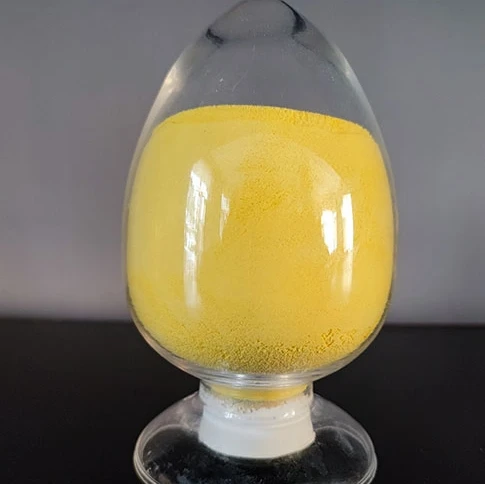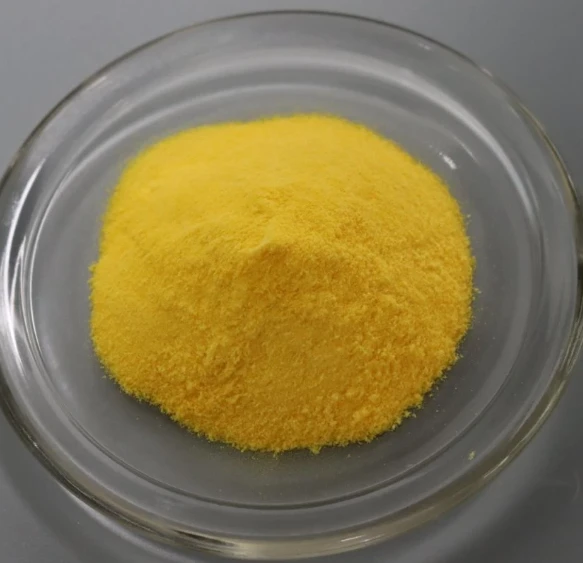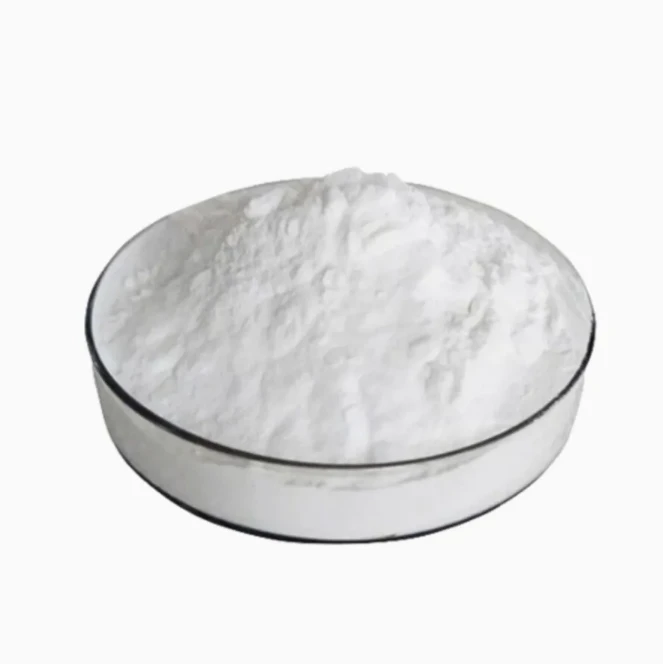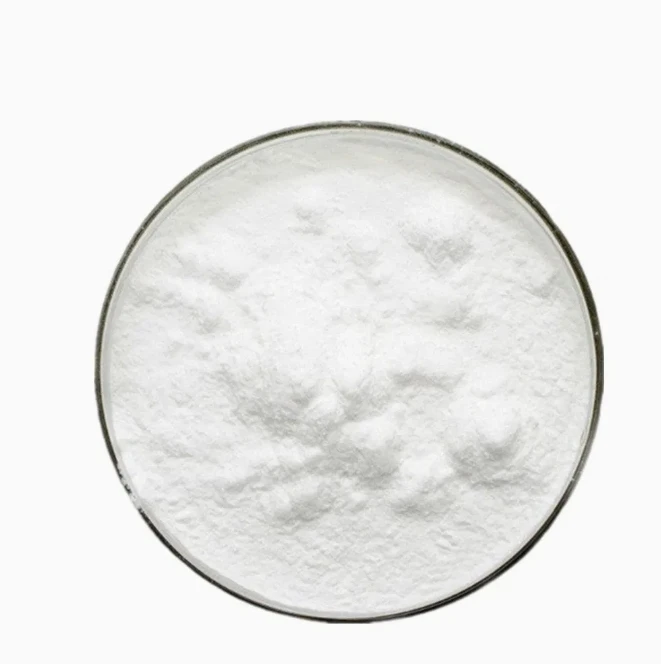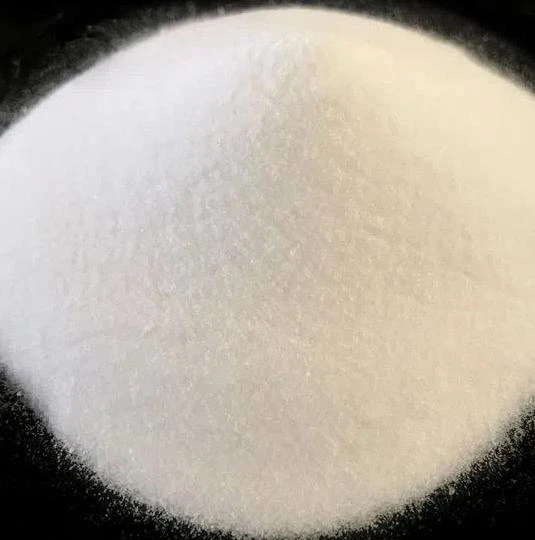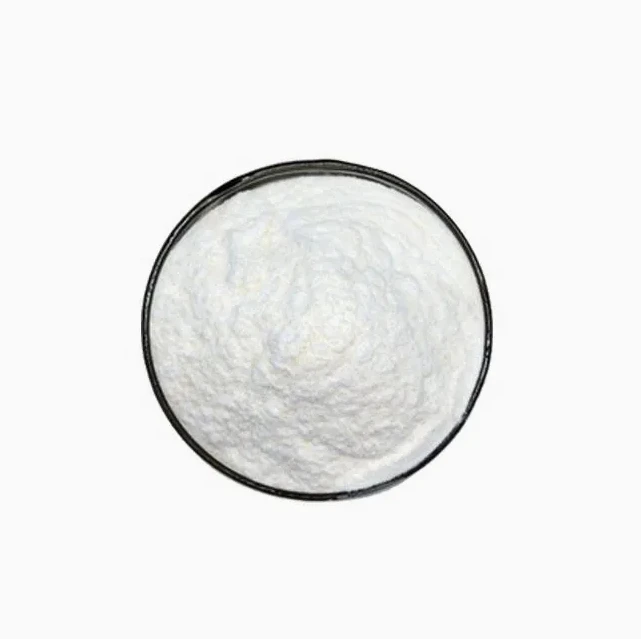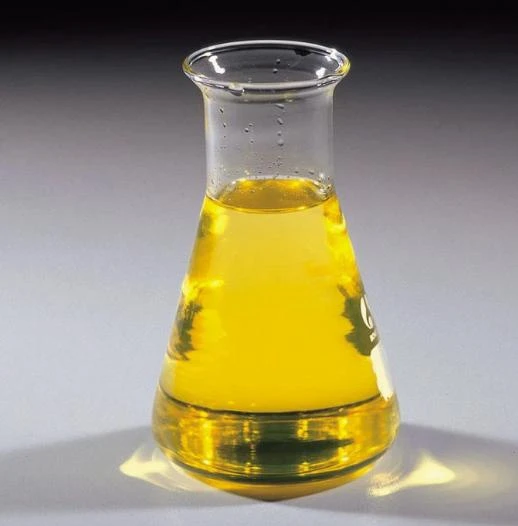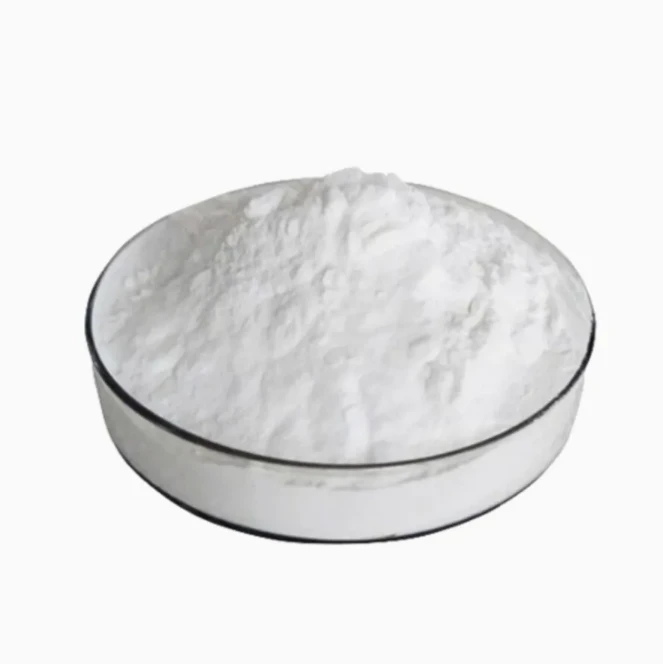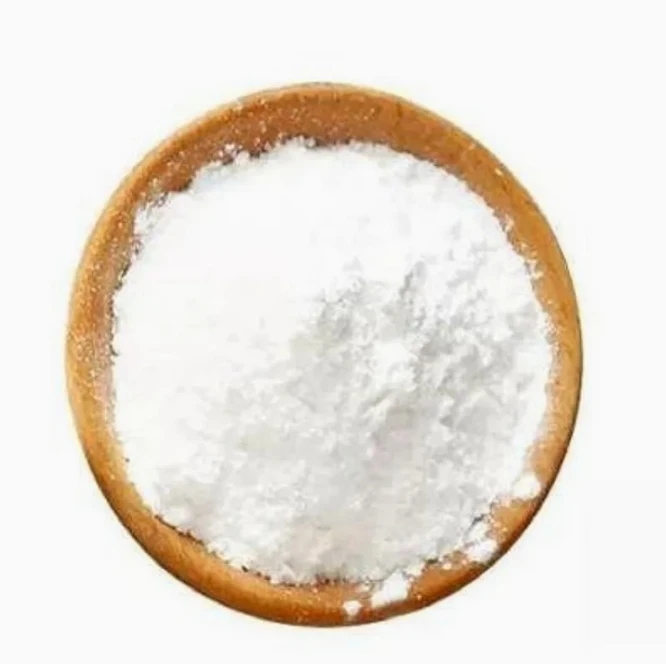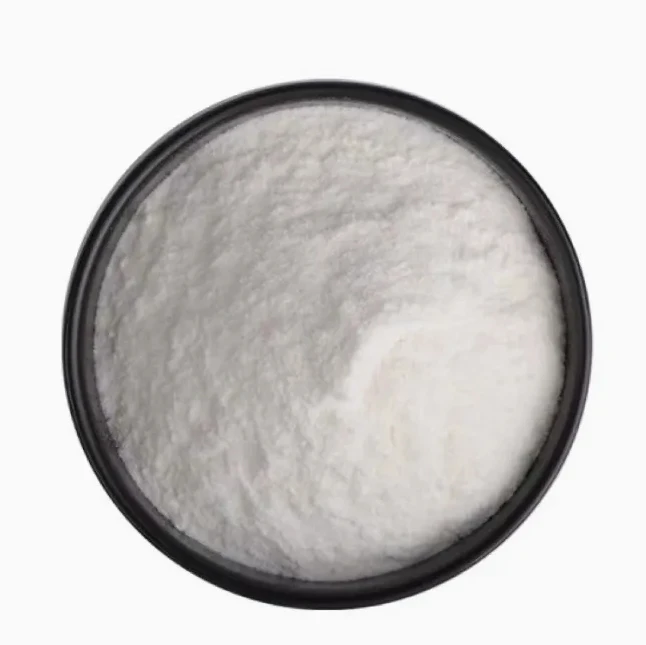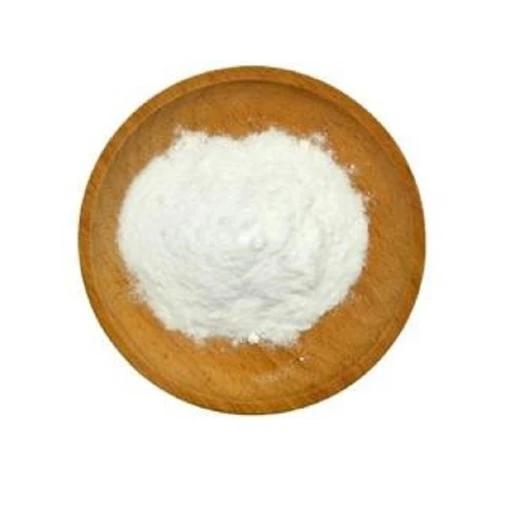 Imel: sale@hebeidisha.com
Imel: sale@hebeidisha.com
 Tel: +86 13315186550
Tel: +86 13315186550
- Afirka
- Albaniya
- Amharic
- Larabci
- Armenian
- Azerbaijan
- Basque
- Belarushiyanci
- Bengali
- Bosniya
- Bulgarian
- Catalan
- Cebuano
- China
- China (Taiwan)
- Corsican
- Croatian
- Czech
- Danish
- Yaren mutanen Holland
- Turanci
- Esperanto
- Estoniya
- Finnish
- Faransanci
- Farisa
- Galiciyan
- Jojin
- Jamusanci
- Girkanci
- Gujarati
- Haitian Creole
- hausa
- hawayi
- Ibrananci
- A'a
- Miya
- Harshen Hungary
- Icelandic
- igbo
- Indonesiya
- Irish
- Italiyanci
- Jafananci
- Yawanci
- Kannada
- kazakh
- Khmer
- Ruwanda
- Yaren Koriya
- Kurdish
- Kyrgyzstan
- TB
- Latin
- Latvia
- Lithuaniyanci
- Luxembourgish
- Makidoniya
- Malgashi
- Malay
- Malayalam
- Maltase
- Maori
- Marathi
- Mongolian
- Myanmar
- Nepali
- Yaren mutanen Norway
- Yaren mutanen Norway
- Occitan
- Pashto
- Farisa
- Yaren mutanen Poland
- Fotigal
- Punjabi
- Romanian
- Rashanci
- Samoan
- Scottish Gaelic
- Serbian
- Turanci
- Shona
- Sindhi
- Sinhala
- Slovak
- Sloveniya
- Somaliya
- Mutanen Espanya
- Sundanci
- Harshen Swahili
- Yaren mutanen Sweden
- Tagalog
- Tajik
- Tamil
- Tatar
- Telugu
- Thai
- Baturke
- Turkmen
- Ukrainian
- Urdu
- Uighur
- Uzbek
- Vietnamese
- Welsh
- Taimako
- Yadish
- Yarbawa
- Zulu
Rutin
Rutin is the rutin glycoside of the flavonol compound quercetin. It is a flavonoid compound extracted from plants. It exists in ruta, tartary buckwheat, locust buds, catalpa leaves, tomato stems, leaves and seed shells, etc., and will bloom. The dry buckwheat at the time contains about 3%. Jujube, hawthorn, ginkgo, wolfberry, motherwort, Bupleurum, Prunella, aloe, Gynostemma, etc. all contain rutin. In the flower buds of Sophorajaponica L., the leguminous plant (Sophorajaponica L.), the content can reach more than 20%, which is the main raw material for the extraction of rutin in my country's pharmaceutical industry. Rutin can be decomposed with water when it meets strong acidity and alkalinity. It is unstable in color in alkaline food and has antioxidant capacity. In ethanol, it can improve the light resistance of pigment preparations and prevent the gradual disappearance or change of fragrance. Combined with vitamin E, etc., it can improve its antioxidant capacity.
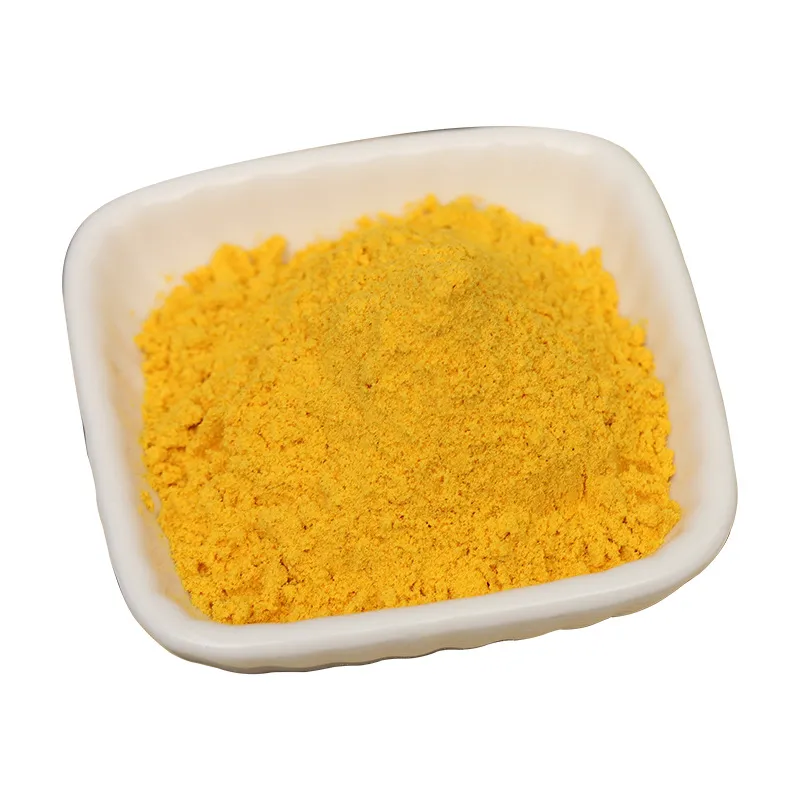



1. Applied in pharmaceutical field. it is usually made into tablets, capsule and granule to warm the kidney, strengthen the spleen and enhance human immunity.
2. Applied in food field. commonly known as vitamin P, it is mainly used in kinds of beverage, liquor and foods to enhance human immunity and anti-aging, often used as a food additive;
3. Applied in cosmetic field. beacause Rutin is very good at antioxidant ,It has an anti-aging effect, it widely used in cosmetic.
1. Rutin is a vitamin used for medical, have reduced the role of capillary permeability and fragility, maintain and restore the normal elasticity of capillaries;
2. Rutin is used to control high blood pressure stroke; diabetic retinal hemorrhage also used as a food antioxidant and pigment;
3. As a supplement used to treat poor blood circulation, hemorrhoids, and varicose veins or skin bruising;
4. Enhancing the absorption of Vitamin C, helps relieve pain, bumps and bruises, has an antibacterial effect, promotes circulation, stimulates bile production.
Muna da masana'antu masu inganci da yawa tare da haɗin gwiwa mai zurfi, wanda zai iya ba ku samfuran inganci da farashin gasa. Kuma muna iya ba da rangwamen kuɗi don sayayya mai yawa. Kuma muna ba da haɗin kai tare da ƙwararrun kamfanoni masu jigilar kaya, za su iya isar da samfuran cikin aminci da kwanciyar hankali ga hannunku. Lokacin bayarwa shine kimanin kwanaki 3-20 bayan tabbatar da biyan kuɗi.
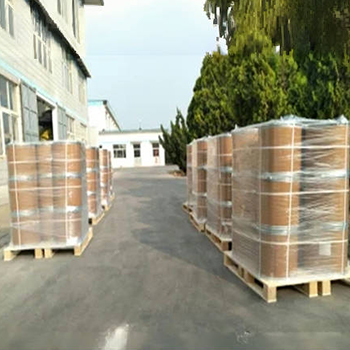
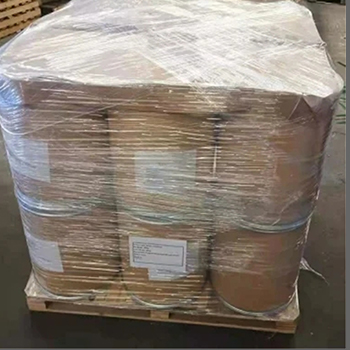


| TEST | EP8 | SAKAMAKO | Test Method |
| Bayyanar | Light greenish yellow powder | Ya bi | Visual |
| Ganewa | B.IR absorbance | Matching | IR |
| A.UV absorbance | Matching | UV | |
| C.TLC Examination | Matching | TLC | |
| D.Color reaction with Zn | Matching | Visual | |
| Particle size | 95% pass through sieve 80mesh | Ya bi | US Screen |
| Residual solvents | ≤2.0% | 0.06% | HPGC |
| Light absorbing impurities | Abs≤0.10 between 450-480nm | 0.05 | UV |
| Susbtance insoluble in methano | ≤3.0% | 0.80% | CP2010 |
| Impurity | |||
| A.Isoquercetin | ≤2.0% | 0.41% | HPLC |
| B.Kaempferol3-Rutinoside | ≤2.0% | 1.45% | HPLC |
| C.Quercetin | ≤2.0% | 0.04% | HPLC |
| Total Impurity | ≤4.0% | 3.31% | HPLC |
| Bulk density | ≥0.30gm/cc | 0.37gm/cc | CP2010 |
| Tapped density | ≥0.50gm/cc | 0.56gm/cc | CP2010 |
| Residual Solvents Methano | ≤0.3% | <0.3%<> | GC |
| Heavy metals | ≤10ppm | <10ppm<> | Visual Colorimetry |
| -Arsenic | ≤1ppm | <1ppm<> | AAS |
| -Mercury | ≤0.1ppm | <0.1ppm<> | AAS |
| -Cadmium | ≤1ppm | <1ppm<> | AAS |
| -Lead | ≤3ppm | <3ppm<> | AAS |
| Ash | ≤0.10% | 0.08% | CP2010 |
| Loss on drying | 7.5%-9.5% | 8.60% | 105ºC/3h |
| Assay(on dry basis) | 95.0%-101.0% | 99.94% | UV |
| Microbiological test: | |||
| Total plate count | ≤1000cfu/g | 100cfu/g | AOAC966.23 |
| Mildew&Yeast | ≤100cfu/g | 20cfu/g | FDABAM8th |
| E.Coli | Korau | Korau | FDABAM8th |
| Salmonella | Korau | Korau | FDABAM8th |
| Coliforms | ≤10cfu/g | <10cfu> | AOAC911.14 |
| Enterobacteria | Korau | Korau | FDABAM8th |
| Resticide Screen | Meets the requirements of EP 8. | ||
| GMO/BSE Status | Not genetically modified organism .Free of BSE | ||
| Storage | Store in tight containers,in a cool dry area. | ||
Rutin is a plant pigment (flavonoid) that is found in certain fruits and vegetables. Rutin is used to make medicine. The major sources of rutin for medical use include buckwheat, Japanese pagoda tree, and Eucalyptus macrorhyncha. Other sources of rutin include the leaves of several species of eucalyptus, lime tree flowers, elder flowers, hawthorn leaves and flowers, rue, St. John's Wort, Ginkgo biloba, apples, and other fruits and vegetables.Some people believe that rutin can strengthen blood vessels, so they use it for varicose veins, internal bleeding, hemorrhoids, and to prevent strokes due to broken veins or arteries (hemorrhagic strokes).
1.Rutin may modulate the respiratory burst of neutrophils;
2.Rutin is a phenolic antioxidant and has been demonstrated to scavenge superoxide radicals;
3.Rutin can promotes circulation, stimulate bile production, help to lower blood cholesterol,and prevent cataracts;
4.Rutin is a bioflavonoid. It can enhance the absorption of Vitamin C; help to relieve pain, bumps and bruises and has an antibacterial effect;
5.Rutin can chelate metal ions, such as ferrous cations. Ferrous cations are involved in the so-called Fenton reaction, which generates reactive oxygen species.

1. Shin ku masana'anta ne ko kamfani na kasuwanci?
Mu kamfani ne mai haɗa masana'antu da kasuwanci, samar da sabis na tsayawa ɗaya. Ana iya karɓar OEM.
2. Kuna samar da samfurori? Yana da kyauta ko kari?
Samfuran kyauta. Ana buƙatar biyan kuɗin jigilar samfurin ta gefen ku.
3. Kuna da wasu takaddun shaida masu alaƙa da kula da inganci?
ISO 9001: 2008 takardar shaida don tabbatar da inganci.
4. Menene zan bayar don samun zance?
Pls sanar da mu nau'in samfurin wanda kuke buƙata, adadin oda, adireshi da takamaiman buƙatu. Za a yi zance don bayanin ku cikin lokaci.
5. Wane irin hanyar biyan kuɗi kuka fi so? Wane irin sharuɗɗan ne ake karɓa?
Sharuɗɗan Isar da Karɓa: FOB, CFR, CIF, EXW;
Kudin Biyan Da Aka Karɓa: USD;
Nau'in Biyan Da Aka Karɓa: T/T, Western Union; Paypal, Tabbacin Kasuwanci.
Harshe Ana Magana: Turanci.
Rukunin samfuran

